Tired of the 3 PM Slump? Here’s How to Snack Like You Mean It
Let’s be real for a second. We’ve all been there. It’s the middle of the afternoon, your energy has completely tanked, and that vending machine starts looking like an oasis in the desert. You grab a sugary drink or a bag of chips, knowing it’s not great, and then the guilt sets in. Sound familiar?
In this article
For years, I’ve seen countless people beat themselves up over this, thinking they just lack willpower. But I’m here to tell you something important: The problem isn’t your willpower; it’s your strategy. Snacking isn’t a character flaw. When you do it right, it’s one of the most powerful tools you have for staying energized and focused all day long.
Forget the idea of “guilt-free” snacks. We’re going to build a new mindset where guilt doesn’t even enter the equation. This is about fueling your body intelligently so you can feel great and stay on top of your game.

Why You’re Actually Hungry (It’s Not Random!)
That afternoon craving isn’t just in your head—it’s your body sending a clear signal. Usually, it’s a blood sugar issue. When you eat something full of simple carbs or sugar (like a donut or even just plain crackers), your blood sugar spikes. Your body works overtime to bring it back down, but this often leads to a hard crash a couple of hours later. That crash is what leaves you feeling tired, foggy, and desperately reaching for another quick fix.
A smart snack stops this roller coaster. Think of it like building a fire. A sugary snack is like throwing a piece of paper on the flames—you get a big, fast flare-up that dies in seconds. But a balanced snack is like putting a solid log on the fire. It burns slowly and steadily, giving you consistent energy for hours.
So, what makes a snack a “solid log”? It comes down to three things:

- Protein: This is what truly makes you feel full. It digests slowly and helps regulate the hormones that tell your brain you’re satisfied. It’s the difference between eating a rice cake and feeling hungry 20 minutes later versus eating a hard-boiled egg and feeling content until your next meal.
- Fiber: Found in plants like fruits, veggies, and whole grains, fiber adds bulk and slows everything down. This means any sugar from the food gets released gradually, preventing that nasty spike-and-crash cycle.
- Healthy Fats: Good fats, like the kind in avocados, nuts, and seeds, have gotten a bad rap but are your best friend for long-lasting energy. They also slow digestion and are essential for your body to absorb certain vitamins.
When you combine these three, you create a powerhouse snack that works for you, not against you.
The Simple Formula for a Perfect Snack
Okay, enough science. How do you actually put this into practice without a nutrition degree? I teach a simple framework I call the “Protein + Produce” rule. It’s flexible, easy to remember, and it just works.
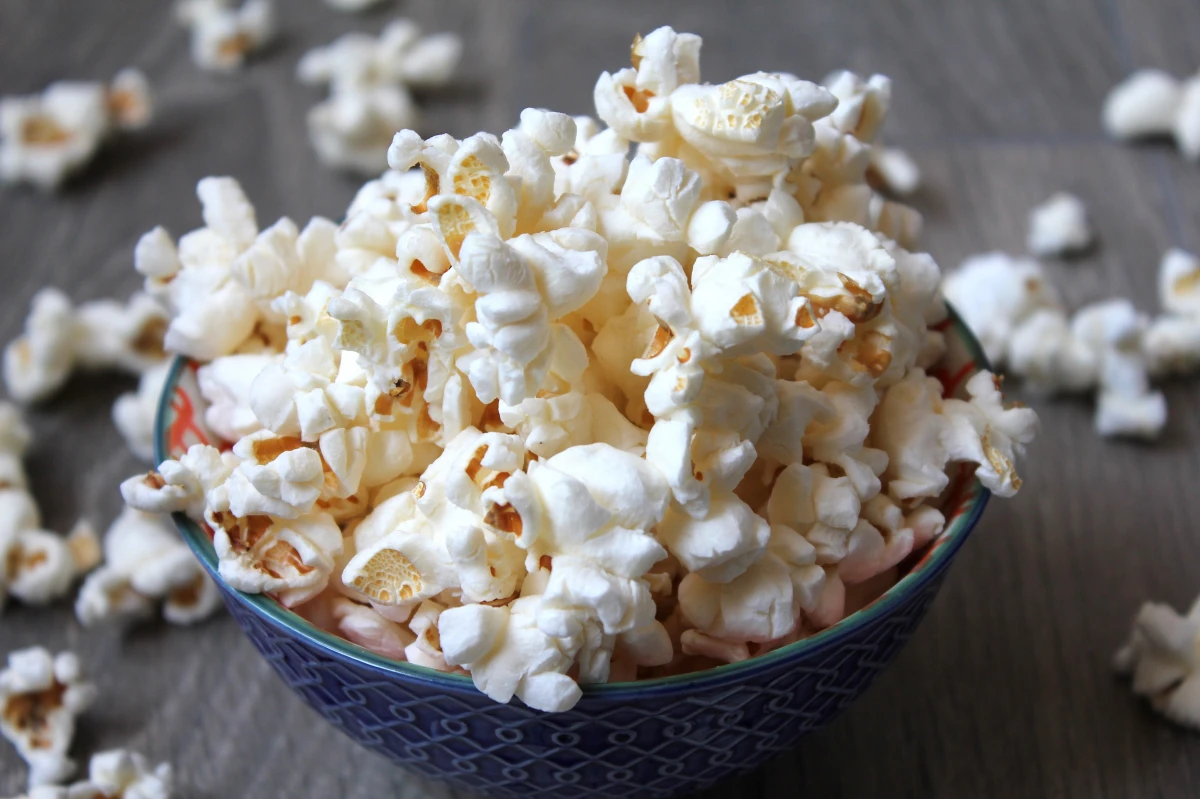
The Core Idea: Pair a Protein Source with a Fruit or Vegetable.
That’s it. That’s the foundation. The protein brings the staying power, and the produce delivers fiber, vitamins, and hydration. You can also add a healthy fat or a complex carb to round it out.
Here are some real-world examples that are easy to grab and go:
- An apple (produce) with a big spoonful of peanut or almond butter (protein/fat).
- Baby carrots (produce) with about a quarter-cup of hummus (protein/fiber).
- A single-serving cup of plain Greek yogurt (protein) with a handful of berries (produce).
- One or two hard-boiled eggs (protein) with a handful of cherry tomatoes (produce).
- A cheese stick (protein) and a pear (produce). Simple and classic for a reason!
You see what’s happening here? You aren’t just eating empty calories. You’re giving your body a balanced mini-meal that provides real, sustained fuel.
Snacking Smart on a Budget
I can already hear the objections: “But eating healthy is so expensive!” And honestly, it can be if you’re only looking at pre-packaged health foods. But with a little planning, smart snacking is way cheaper than you think.
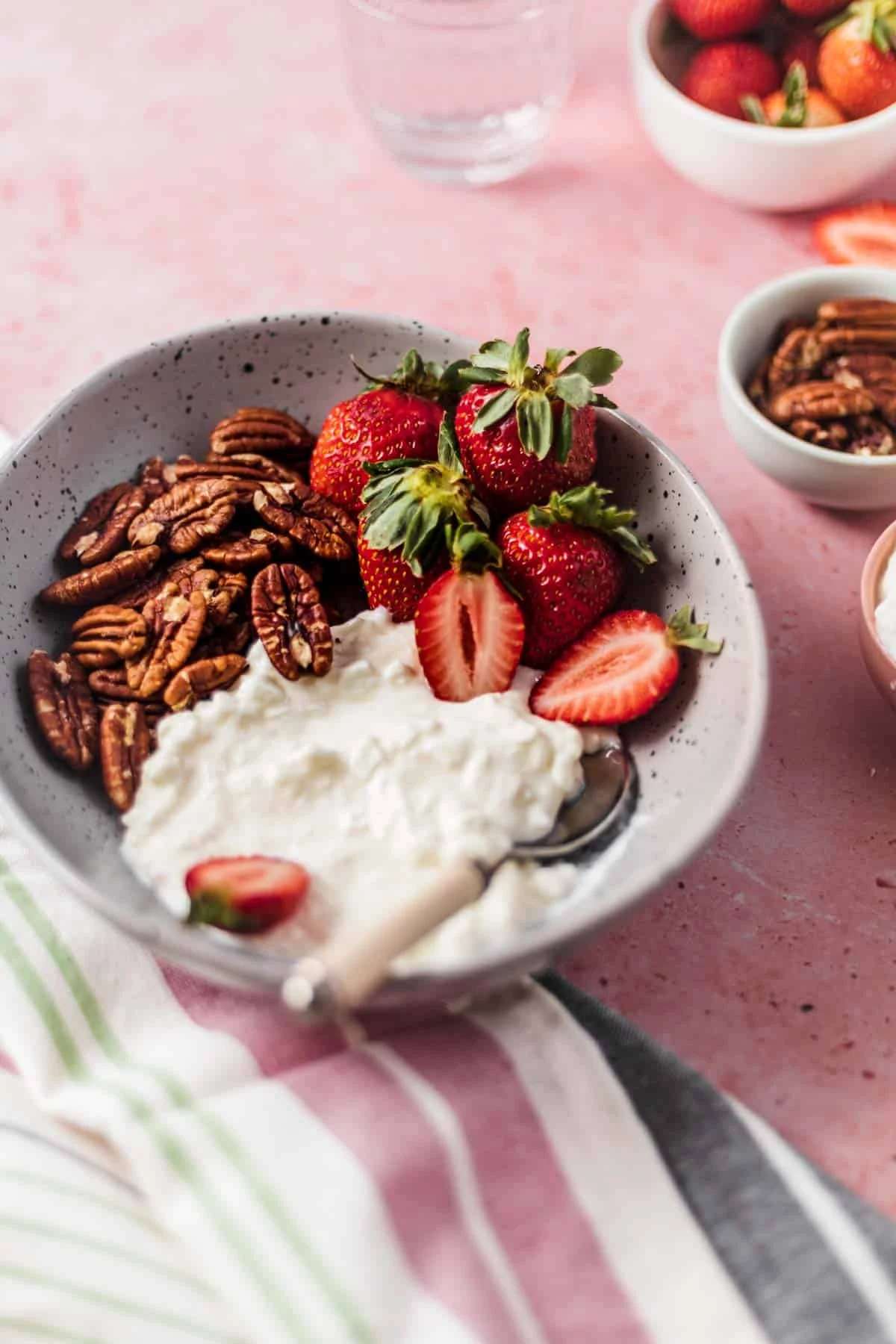
For instance, a big tub of plain Greek yogurt costs about $5 and can give you 4-5 snacks for the week. That’s a buck a snack! Compare that to the $5 latte you were grabbing every afternoon. Hard-boiled eggs are another superstar—a dozen costs maybe $3-$4 and gives you six days’ worth of protein. Buying nuts, seeds, and dried fruit from the bulk bins at stores like Sprouts or WinCo is almost always cheaper than buying them in small, branded packages.
A little prep goes a long way. Spend literally five minutes on a Sunday boiling a few eggs or portioning almonds and dried cherries into small bags. Boom. Your snacks for the week are done. It’s that easy.
Watch Out for These Common Snack Traps
Heads up! The food industry is brilliant at marketing, and a lot of “healthy” snacks are just junk food in disguise. Here are a few to watch out for:
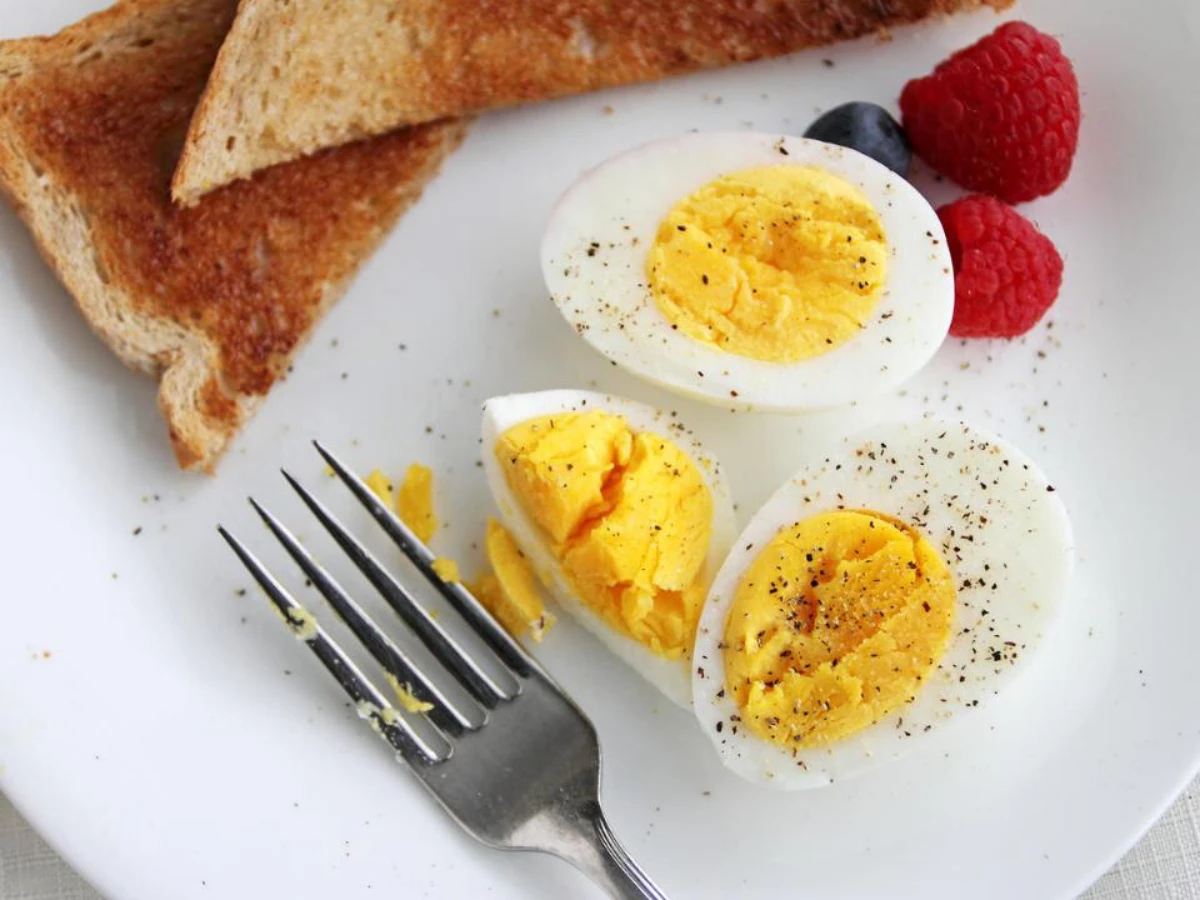
- Most Granola Bars: Flip that package over. Many are loaded with more sugar than a candy bar. If the first ingredient is sugar, syrup, or something you can’t pronounce, put it back.
- Flavored Yogurts: Plain Greek yogurt is a protein hero. But the fruit-on-the-bottom kind can have a shocking amount of added sugar. A better move is to buy plain and add your own fresh fruit.
- Veggie Straws or Chips: They sound healthy, but they’re often made from potato starch with a tiny bit of vegetable powder for color. They lack the fiber and protein you need and are basically just fancy chips.
Instead of falling for those, try making a simple swap. Instead of a bag of chips, try a handful of spicy roasted chickpeas for that salty crunch. Instead of a sugary granola bar, grab a handful of almonds and a few squares of dark chocolate. It’s about making a conscious upgrade.
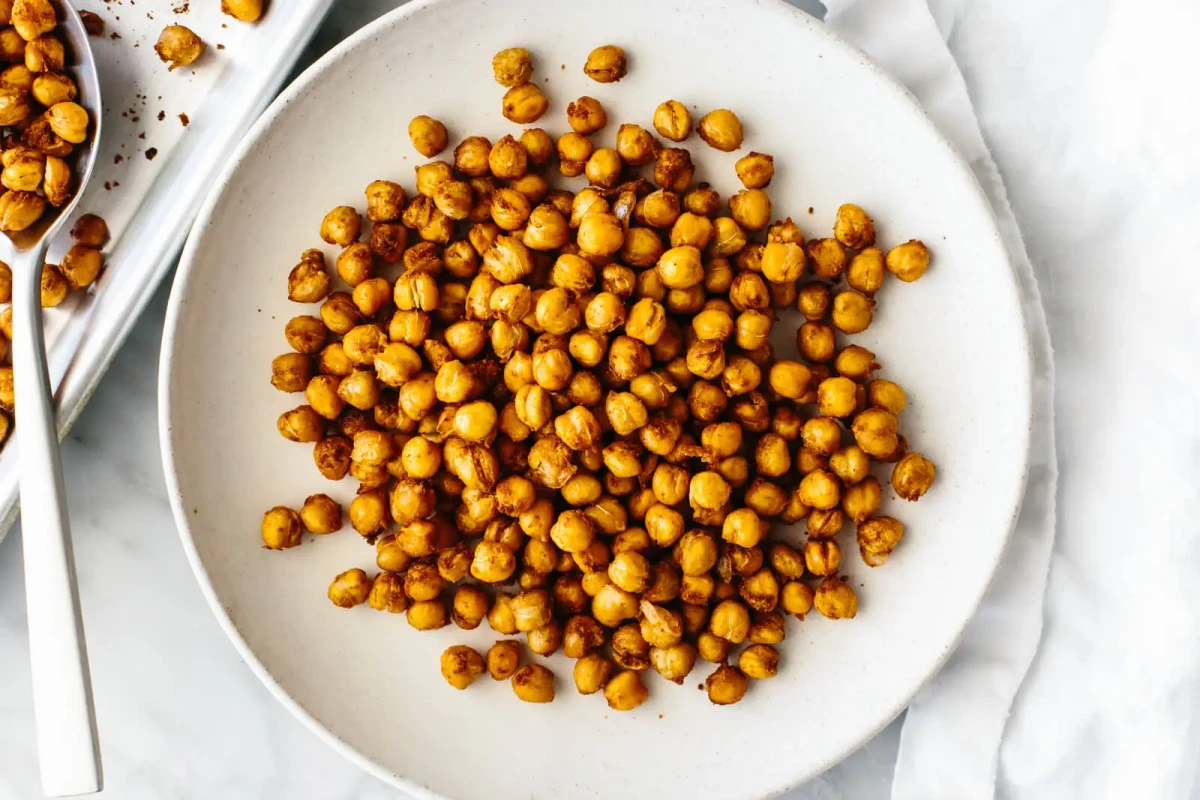
I once worked with a busy teacher who swore she had no time and was living on crackers and coffee. We got her to just pack a cheese stick and an apple every day. A few weeks later, she told me it was a total game-changer for her afternoon energy levels with her students. Sometimes the simplest changes make the biggest difference.
So, the next time that 3 p.m. slump hits, don’t reach for a quick fix. Reach for your strategy. A smart snack isn’t about restriction; it’s about giving your body what it actually needs to thrive. You’ve got this.
Galerie d’inspiration
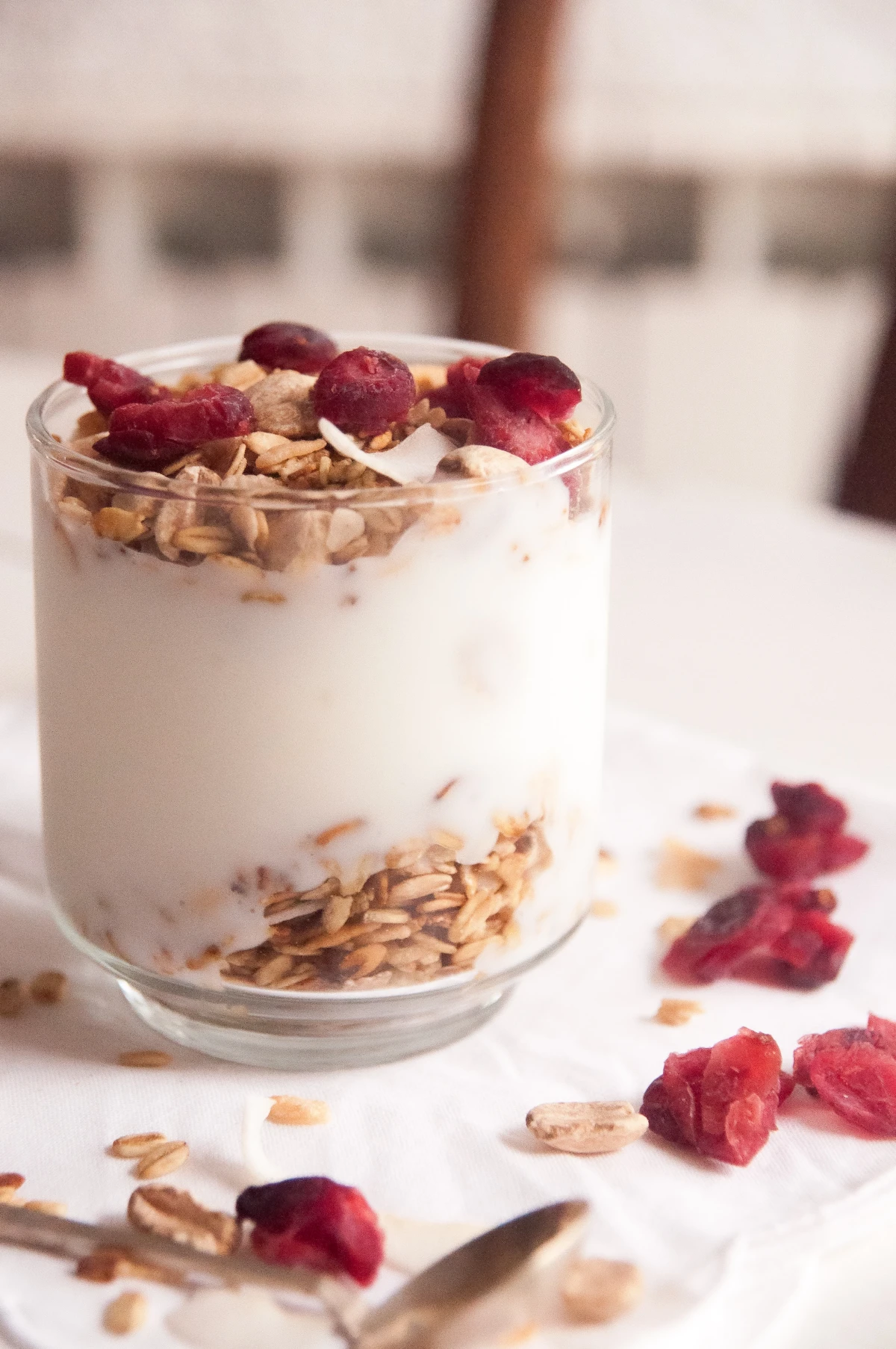
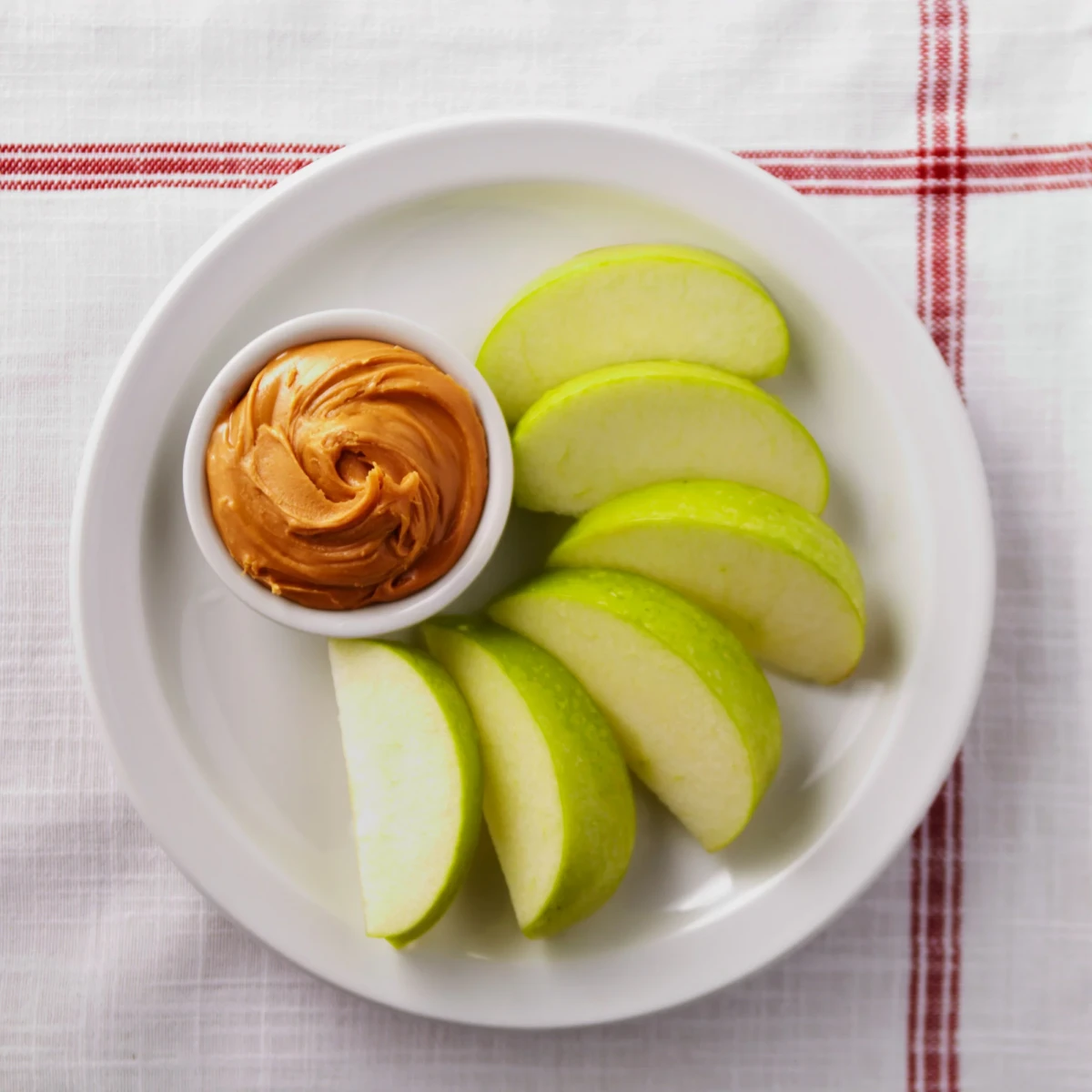
Craving something sweet but want to avoid the sugar crash?
Lean into nature’s candy. A couple of Medjool dates stuffed with almond butter offers a perfect combination of natural sugars for a quick lift and healthy fats/protein to sustain it. For a colder treat, blend a cup of frozen berries with a splash of milk or a scoop of plain Greek yogurt. You get a creamy, ice-cream-like texture that’s packed with fiber and antioxidants, satisfying your sweet tooth without the subsequent energy dip.

Even mild dehydration—as little as a 1-2% loss of your body’s water—is enough to impair cognitive performance and cause fatigue.
Before you even think about food, drink a large glass of water and wait 10-15 minutes. Often, our brains mistake thirst for hunger. Rehydrating first might be all the ‘snack’ you actually need to clear the mental fog and re-energize your body for the rest of the afternoon.

The Yogurt Test: Not all yogurts are created equal. Many fruit-on-the-bottom or flavored varieties can have as much sugar as a candy bar. Always opt for plain Greek yogurt, like Fage Total 0% or Chobani Plain, which provides a protein-packed base. Then, add your own fresh berries, a sprinkle of cinnamon, or a handful of high-fiber granola like Purely Elizabeth to control the sweetness and boost the benefits.
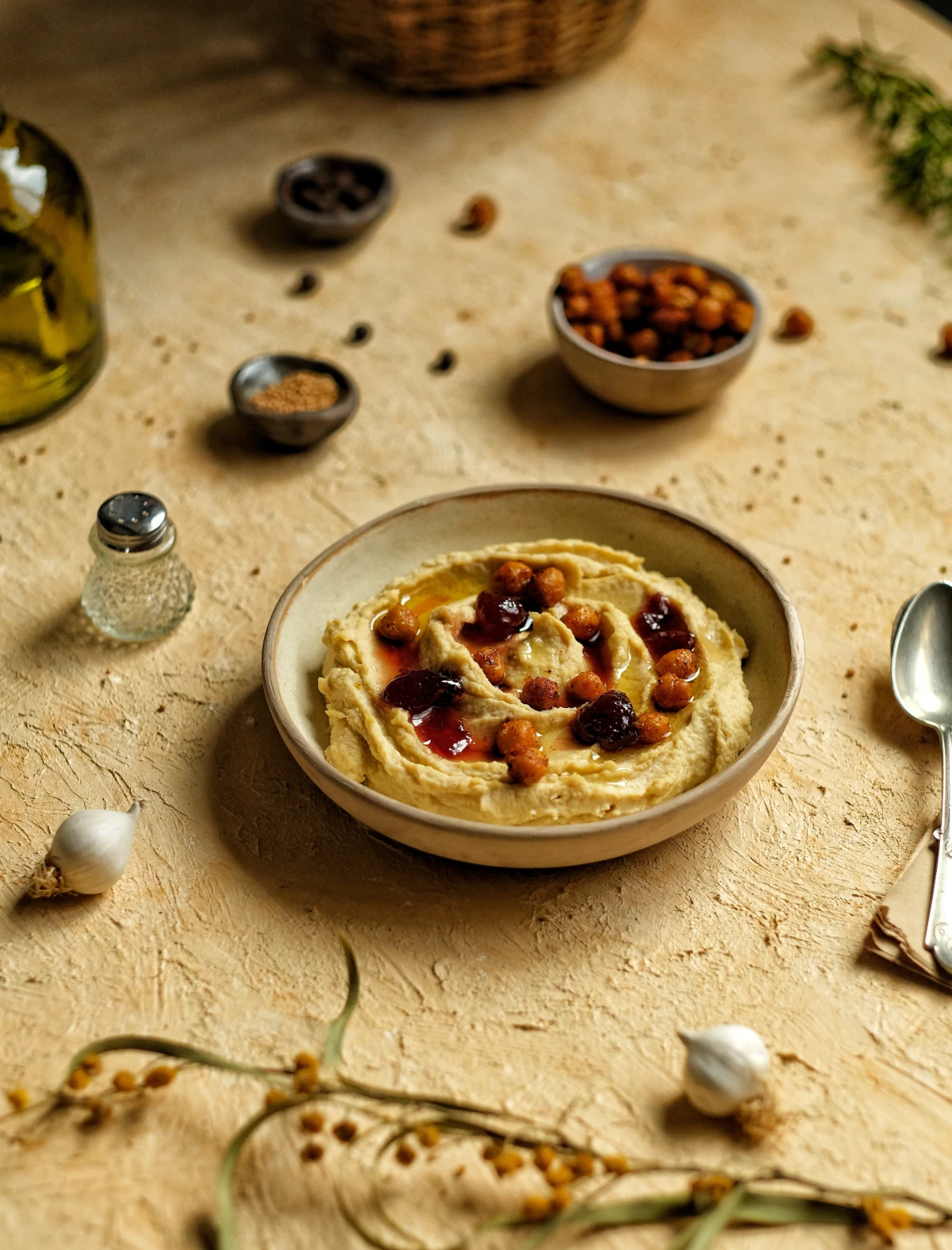
The key to consistent smart snacking isn’t willpower, it’s preparation. Spend 20 minutes on Sunday evening setting yourself up for success. This small ritual removes decision fatigue during a busy work week.
- Wash and chop carrots, celery, and bell peppers and store them in water-filled glass jars in the fridge for ultimate crispness.
- Portion out almonds, walnuts, or pumpkin seeds into small reusable Stasher bags.
- Hard-boil half a dozen eggs and keep them ready for a quick protein hit.
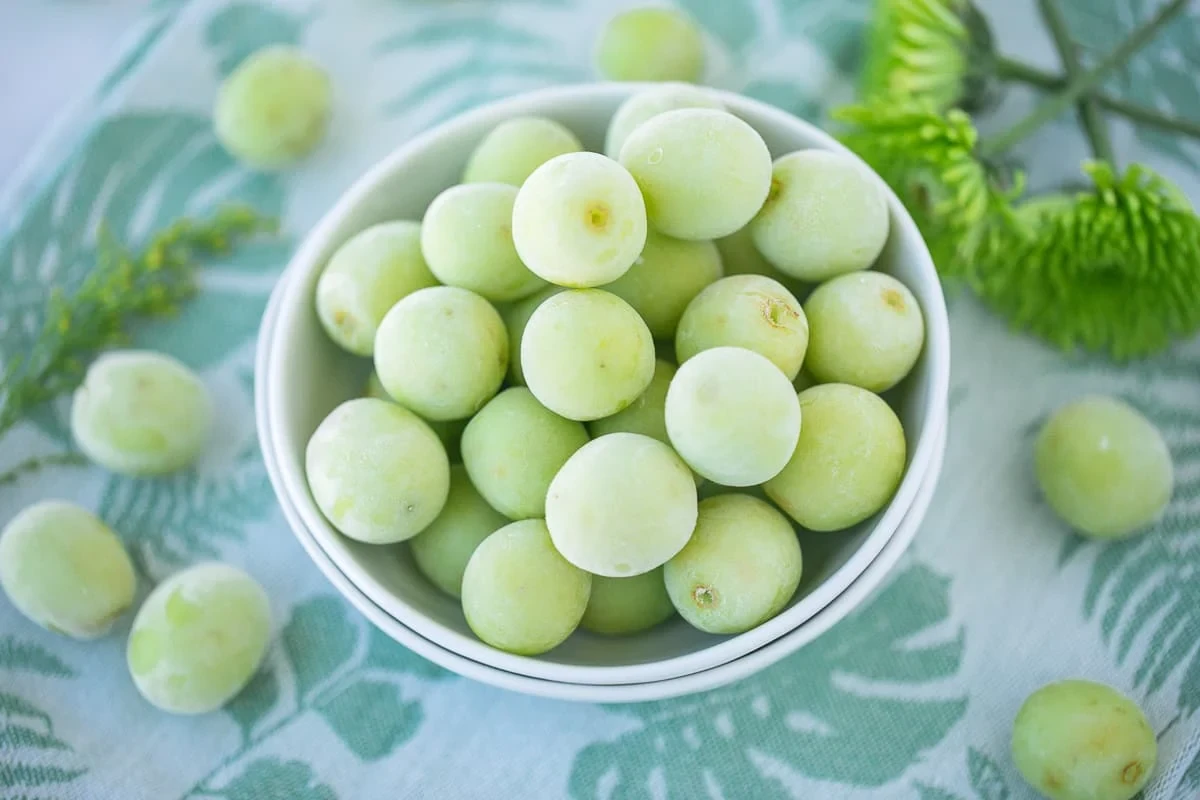
Option A (Typical Cereal Bar): Often marketed as ‘healthy,’ many oat-based bars list sugar, corn syrup, or brown rice syrup as a primary ingredient. This provides a fast, fleeting burst of energy followed by the inevitable crash.
Option B (Whole-Ingredient Bar): Brands like RXBAR are built on a base of egg whites for protein, dates for binding and natural sweetness, and nuts for healthy fats. The energy release is slower and more sustained.
When in doubt, read the ingredients: if you can’t pronounce it or if sugar is in the top three, it’s best to leave it on the shelf.

- Perfectly balanced macros tailored to your needs.
- A satisfying mix of crunchy, chewy, and sweet textures.
- Far more budget-friendly than pre-packaged options.
The secret? A custom trail mix. Ditch the store-bought bags often loaded with salt and sugary candies. Create your own by combining a protein-rich base (almonds, walnuts), a high-fiber chewy element (unsweetened dried mango or apricots), and a ‘fun’ extra like a few high-cacao dark chocolate chips or goji berries.
Transform your snack from a mindless refuel into a mindful reset. Instead of eating at your desk while scrolling, step away for five minutes. Focus on the crunch of an apple, the creaminess of avocado, or the saltiness of roasted pistachios. This small break gives your brain a much-needed pause, improving not just your energy but also your focus when you return to your tasks.










